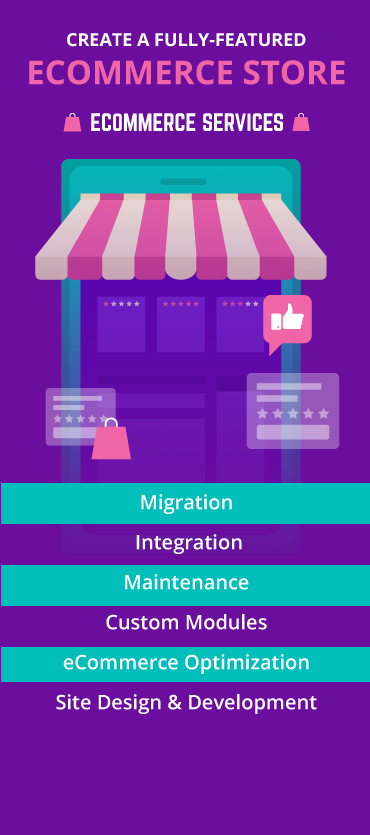With 7.9 million retail stores online, competition in the eCommerce industry is fierce. Now, to overcome such cut-throat competition, businesses need to deliver a seamless and consistent experience to their customers across different touchpoints.
This is where omnichannel marketing comes into the picture.
Studies have shown that customers spent 13% more per order on brands using multiple channels to interact, than those interacting through just one channel.
Omnichannel marketing ensures a consistent experience throughout the buyer’s journey. It integrates multiple marketing channels to create a meaningful and personalized journey for the customers.
Hence, omnichannel marketing strategies result in better customer retention rates as compared to single-channel marketing.
In this blog post, we’ll discuss 7 effective omnichannel marketing strategies that can significantly improve your eCommerce sales.
Let’s dive in!
Omnichannel Marketing Strategies

Mobile-friendly Website Design
According to a report, an average consumer spends 3.3 hours a day on mobile engaging with digital media.
Thus, in order to deliver a valuable user experience, you need to create responsive and well-designed websites to target your customers on their preferred devices.
Needless to mention, desktops are becoming a thing of the past, and with the increased use of smartphones, mobile-friendly websites are the future.
Some of the advantages of a mobile-friendly website are:
- Enhanced user experience
- Ease of accessibility
- Increased lead generation and brand awareness
- Better browsing experience for your visitors
Data-Driven Marketing
Data-driven marketing is the foundation of a successful advertising strategy and the key to delivering personalized customer experiences.
One of the important aspects of data-driven marketing is analyzing your current marketing strategy. It offers concrete insight into marketing activities that are or aren’t working for you. From customer personas to reports for company leadership, marketers need data to make informed decisions.
Data-driven marketing also helps you understand how customers are engaging with your brand and what reviews they are leaving behind.
Observe data collected from multiple channels and find ways to improve your existing strategy.
Personalize Content for Each Channel
A report shows that 81% of consumers rely on social media for purchasing advice. Consumers browse social media channels to read reviews and customer feedback before finally deciding to make a purchase.
This proves the importance of targeting your customers on every channel possible.
However, before you dive into increasing your presence on different channels, you need to consider what type of content fits the channel.
Using the same content may not work for every channel.
For instance, Facebook allows you to add links to landing pages, forms, and other promotional content, Instagram and TikTok do not.
Thus, personalization is crucial.
Personalizing your content for every channel helps you reach a wider market and build brand awareness and conversions.
Include User-Generated Content in Your Strategy
According to the reports, 86% of customers value authenticity when looking for brands to support.
Today’s customers are no longer passive consumers led by billboards and TV commercials. They are active choosers and have hundreds, if not thousands, of choices. Thus, they want a say in who they do and don’t support.
And using user-generated content in your marketing strategy is a great way to show your authenticity as a brand.
There are a lot of ways to get the most of user-generated content. It includes product reviews or hosting competitions for your users. You can even ask your customers to share pictures of themselves with the product using your specific Hashtag.
This will not only get you a volume of marketing material but also boost engagement across all your platforms.
Provide Cross-Channel Customer Support
Studies have shown that one in three customers would switch companies after they have had one bad experience. That’s why customer support is so crucial.
You must ensure that your brand offers customer support on multiple channels, including email, live chat, and even on social media.
The fact that your customers can reach out to you on their preferred social media channel makes you their preferred choice of brand.
Track and Monitor Your Results
Lastly, you should track and evaluate how your omnichannel marketing campaigns are performing using metrics and KPIs. You can use different tools to gather and analyze your data.
Tracking and monitoring your results gives you insights into the areas that you need to work on to achieve your business goals.
Remember, your marketing plan needs to evolve to reflect your customer base and your prospects. And the only way to move ahead is to monitor and track your progress.
Wrapping Up
Launching multi-channel marketing can be intimidating at first. However, a successful omnichannel marketing campaign will help you deliver a positive customer experience.
Expanding your presence across multiple channels helps you reach a wider audience and attract new users.
Need Help Implement a Successful Omnichannel Marketing Strategy? Contact Us!
To know more, drop us a line at [email protected] and we’ll take it from there.











